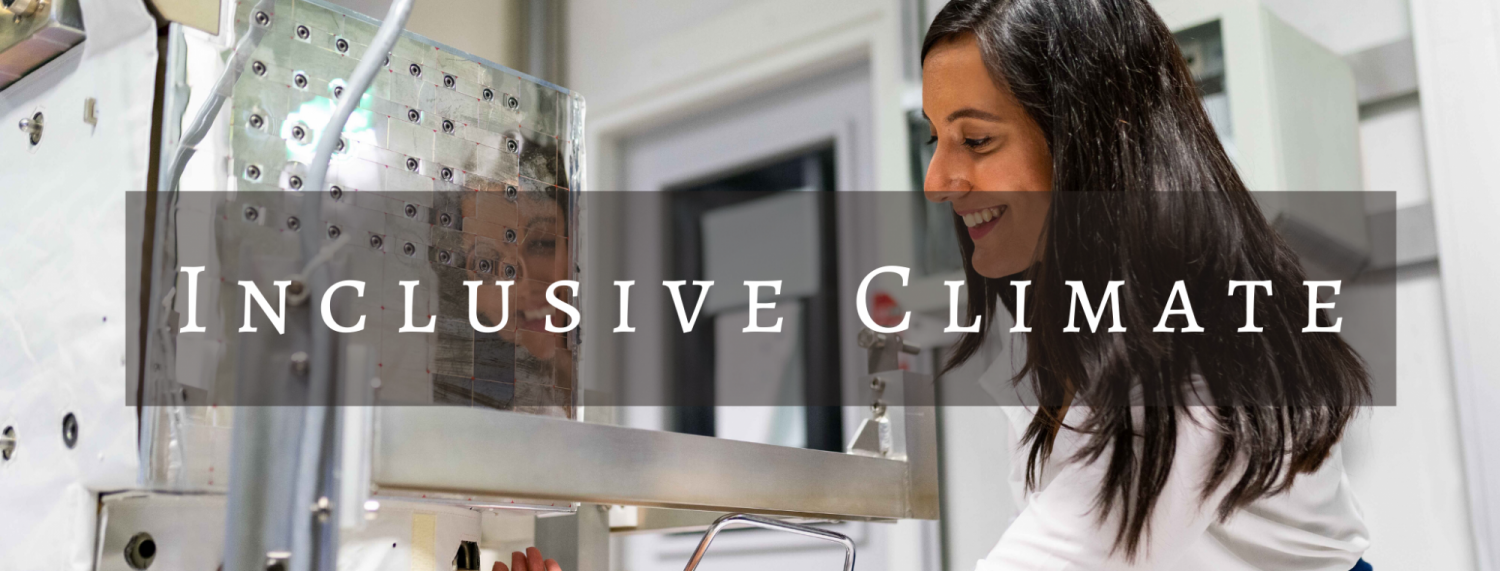
Inclusive Climate environments and classrooms communicate that students are welcome, belong, and are part of the community, regardless of background (includes race, gender, socioeconomic status, ability/disability, etc.). It is important to support all students, especially if they are from a background that is negatively stereotyped in college settings. Below are some key terms to keep in mind for inclusive teaching.
Definitions
- Social Identity threat: The worry that they [student] will be viewed in terms of their social group stereotype and not as an individual. This anxiety or concern happens when a students' social group is underrepresented, negatively stereotyped, or devalued.
- Stereotype threat: A type of social identity threat. This happens when someone feels they are confirming a negative stereotype of a group they belong to.When students are placed in situations that may confirm a negative stereotype about a students' identity, students may experience increased stress, reduced working memory, and impaired performance. Click here for information on how to mitigate stereotype threat in the classroom.
- Implicit Bias: Our attitudes, beliefs, and associated stereotypes about groups of people. We are typically unaware or unconscious of these beliefs. Everyone has implicit biases.
- Microaggressions: Subtle, everyday, intentional and unintentional interactions that communicate a bias towards a historically marginalized group.
Quick tips on developing an inclusive climate:
- Use materials (videos, readings, etc.) from individuals from diverse background, including gender, race, ability, disability, and other identities, within your course
- Use diverse and counter-stereotypic images on course slides and other material.
- Learn how to pronounce culturally diverse names in examples, word problems, and students
- Communicate observance of religious holidays, school life conflict policy, etc.
To learn more about stereotype threat and implicit bias in higher education, watch this video below:
